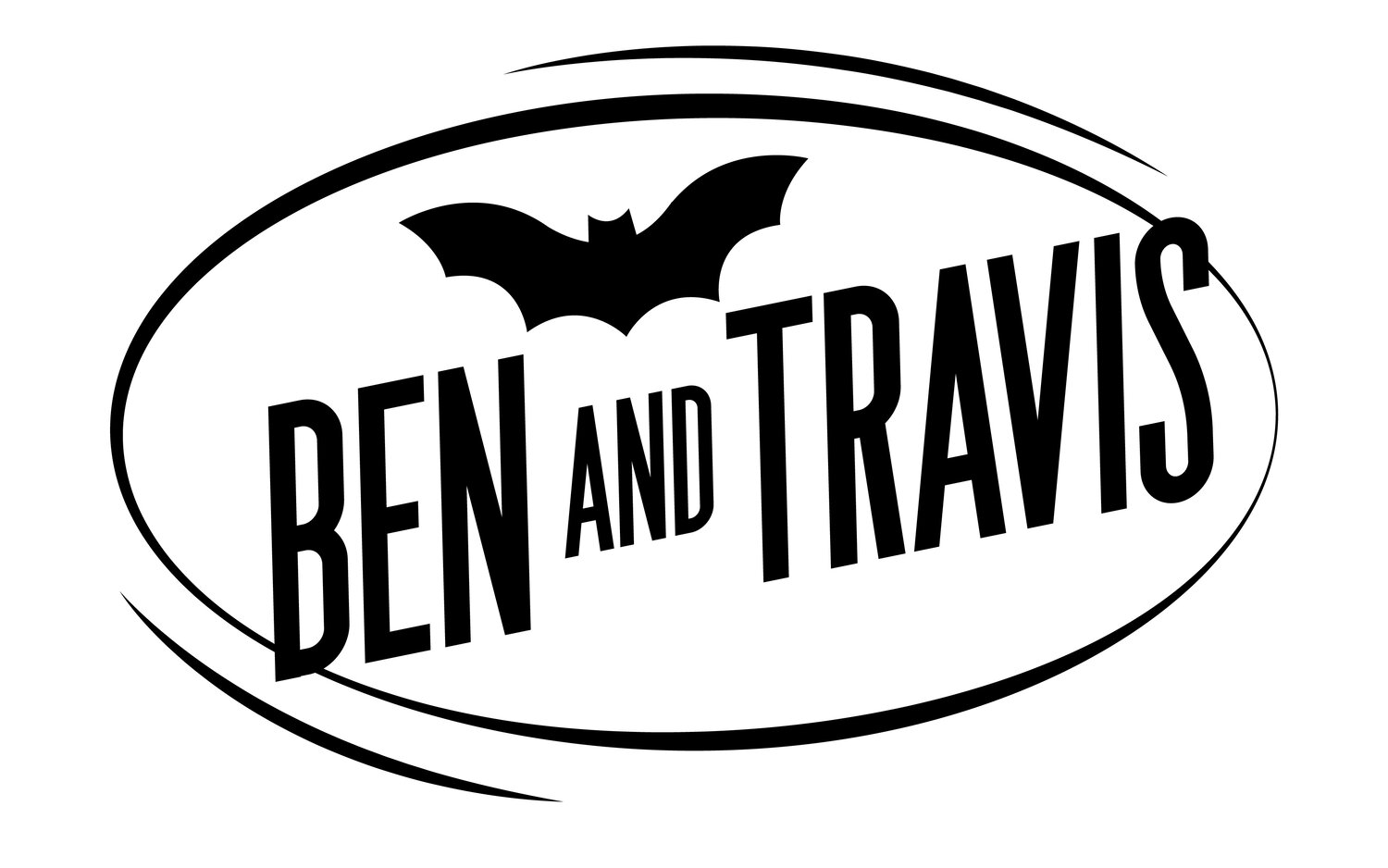3 Tips to Whole Brain Parenting
If you are like me then you have probably asked your kids at some point this most loving question: “What were you thinking?” And if your kids are like mine, they probably answered with an often mumbled, “I don’t know.” So, before you lose your mind thinking about that simple statement let me explain a few things that have helped me a little bit in this narrative. And keep in mind, while I’m talking about this in relation to kids and teens, it is altogether possible that some adults never did this well when younger and might need to consider these thoughts for themselves.
When kids or teens respond with “I don’t know” they often are speaking the absolute truth. In the book The Whole Brain Child, Daniel J. Siegel explains that there are a couple of different divisions in the brain. The first is right brain vs. left brain. The right brain is your more emotional and creative part of the brain. Your left brain is the part of the brain that controls logic, language, and logistics. That part of the brain also really likes that all the L words come on the Left side because it likes to organize things in meaningful ways.
The second division that Siegel points out is the downstairs part of the brain and the upstairs part. While one is literally higher than the other, he suggests that we think about them like a house. The lower part of the brain is the only part of the brain that reptiles have. It is where the fight or flight mechanism is located and our impulsive, almost automatic actions like sudden reflexes, are wired.
The upstairs part of the brain (like a study in the upper part of the house) is where the higher reasoning and thinking through actions take place. The problem is that the lower part — where the automatic responses, anger, and anxiety find themselves, are the first part to develop since they are required for survival. The higher part of the brain takes some time to develop fully. Kids and teens don’t always do great with reasoning out their actions and are much more likely to be impulsive and emotional.
So I really tried to sum that up quickly to get to the nuts and bolts part of this and say that the most important thing we can do with our kids is to help them integrate both the right side (emotions and creative part) and left side (the reasoning and logical part) as well as the downstairs (reflexes, movement) and upper part (thinking, reasoning, emoting). Siegel compared the right and left parts of the brain to the right and left banks of a river that we are trying to help our kids to navigate. We often crash on one side or the other, but the goal is to help them use both sides and stay in the middle of the river.
We integrate both sides by helping them first understand emotions. We first need to help them (and even ourselves) identify their own emotions, and the emotions of those around
them. When they can learn to identify what they are feeling and be able to identify it in the other kids around them, they can learn how to handle those emotions in a positive way. Emotions are not bad, but they often lead to a variety of actions, some of which are not good. So, learning to identify and then integrate the thinking with the emotions is great. How are ways to do that? Here are just a few.
1. Talk to them. Help them sort out the story of what has happened. That allows the left part of brain to make sense of the right part’s reaction.
2. Have them write it down. The same thing happens here. As they tell the story (with words or even pictures), they engage the creative part (right) and the language part (left). This integrates both sides into one.
3. Remember the Acrostic HALT - SB. Hungry - Angry - Lonely – Tired – Stressed – Bored. We are typically at our worst during these times. The lower part of the brain is quicker to hijack our thinking because we are at a vulnerable state. So, pay attention to the basic needs and the basic moods of your kids during those times.
Ben Hayes
